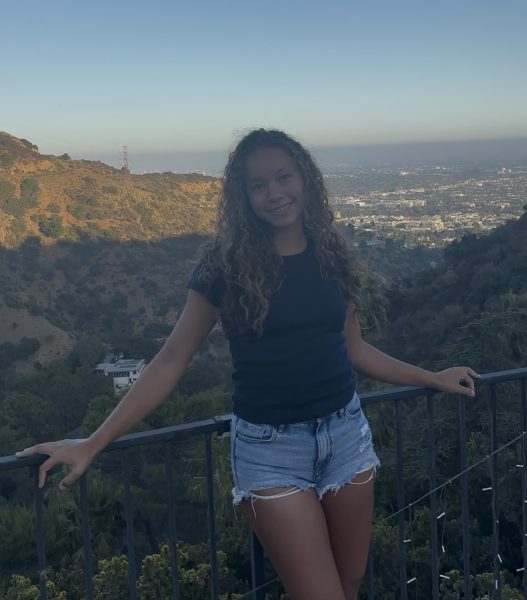In America, the idea that more is better is something that many of us know all too well. Popular fast food corporations like McDonald’s and Burger King sell small-sized drinks that are really medium-sized. Superstores like Walmart and Costco, advertised as larger versions of already big stores, further perpetuate the backward idea that many Americans buy into. Overconsumption goes hand-in-hand with the idea that bigger is better, but it often takes its form in a different way that is not as easily recognized.
For those who are unaware, overconsumption can be defined as the action or fact of consuming something in excess. In our society, which values objects greatly, many use social media as a guide for how to act or what is socially acceptable to say. In this case, they use social media as a guide concerning what to buy and how much of it they ¨need¨.
Because social media is so influential, it pushes people to buy new “collectible” items like makeup and clothes that have become trendy. People run to get as many different variations as possible. Overconsumption is promoted on large social media platforms like Instagram and TikTok when users display the things they buy, often in bulk. Many times, influencers will show off their collections of things they generally only need one or two of, like Stanley Cups or multiple pairs of the same Amazon shirt. Subconsciously, viewers frequently feel the need to follow the trend being set by the influencer and buy an alarming amount of the product, which is not only wasteful and unnecessary, but also incredibly damaging to our world, already filled with millions of people living in poverty every day.
As a result of buying more products than are actually needed, the extras get thrown away and eventually end up in landfills or polluting oceans.
In the last decade, Americans consumed 17% of the world’s energy, although we only represent 5% of the world’s population. The majority of the energy was used to produce things like fast fashion and materials used to manufacture objects needed as a result of overconsumption. The factories that produce goods in demand because of overconsumption have stripped the Earth of its natural resources like fish, soil, and minerals. This damages habitats and ecosystems incredibly. In addition, factories and farms that produce the goods often end up closing or laying off employees when the goods are no longer in demand, leading to an increase in levels of poverty.
The next time you’re scrolling through TikTok and see a creator showing off their unsustainable collection of skincare products or Stanley Cups, think deeply about whether you actually need it, and by doing this, you can support the cause of ending overconsumption and, in turn, benefit our world.










